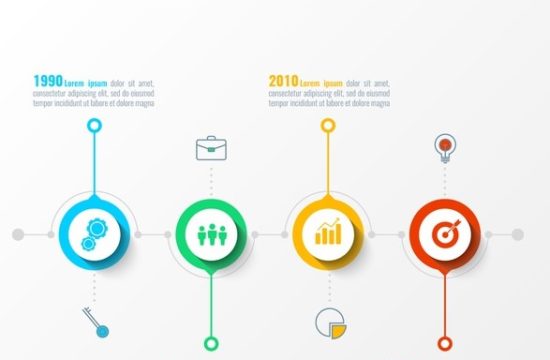When conducting market research, there are different tools used to gather information from the target market. Each tool has a different design and performs advantages and disadvantages. These tools help researchers to see customers’ reactions towards their products or services and the implication of their marketing decisions.
This collected information can be used to make informed decisions on their businesses, including whether or not to launch new products as well as which marketing actions they should more invest in that potentially drive sales.
In common market research, there are four different types of market research tools, such as:
- Interviews:-
There are two types of interviews, face-to-face interviews, and phone or video-conferencing interviews. This tool enables a market researcher to talk to a customer to get her honest opinions and feedback about the overall aspects of products, including pricing, design, taste, quality, etc.
Interviews are an effective research tool for organizations or businesses to gather opinions on sensitive topics which respondents normally may not feel comfortable to talk or discuss in a group setting. This setting is expected to encourage respondents to speak up their minds and insights honestly.
2.Surveys:-
Surveys are the most commonly used of market research tools in collecting information, opinion, and ideas from the target market. There are three ways of distributing surveys: online, by email, or in person. In-person surveys, respondents tend to exclude their names, leave it anonymous.
There are various types of survey formats, ranging from the short-type answer to multiple choices and true or false type of answers. Usually, the company will provide small gifts or incentives for those who participate, including free products, coupons, and so on.
3.Focus Groups:-
Focus groups are a market research tool that helps researchers to identify the most effective strategies to use to potential customers, determine which flavors for products, pricing, packaging, and even their suggestions on naming products and services. Often times, focus groups are also formed after a product release into the market to get feedback from a selected group of people who represent the target consumers.
Focus groups usually contain 10 – 20 people or even less than that, depending on the company itself or the availability of the participants themselves. A Moderator or Facilitator Leads the group discussion of focus groups. All the information gathered during the discussion helps the company in making decisions and hopefully can help to solve its problems.
4.Social Networks:-
Social networks enable consumers to share their truthful opinions via social media platforms. They are typically more open to speaking up their true feelings about brands, products, services, or ideas through these social media platforms. Therefore, businesses can use these sites as a tool for their market research.
Company social media channels, such as blogs can provide consumers a platform to give feedback by leaving comments to posts or participating in the polling. Companies can use services like Google Alerts to help them find out what customers say about their brands. Social media like Twitter and Instagram enable companies to search for potential consumers through hashtags or mentions.












